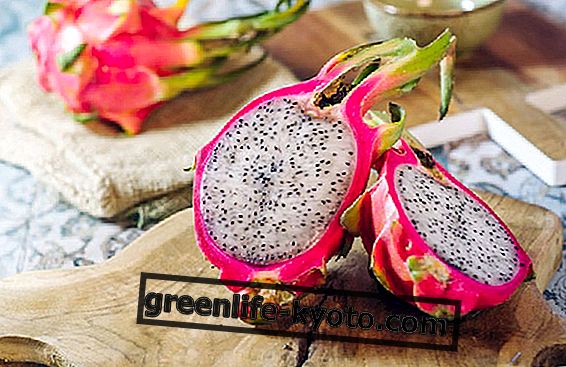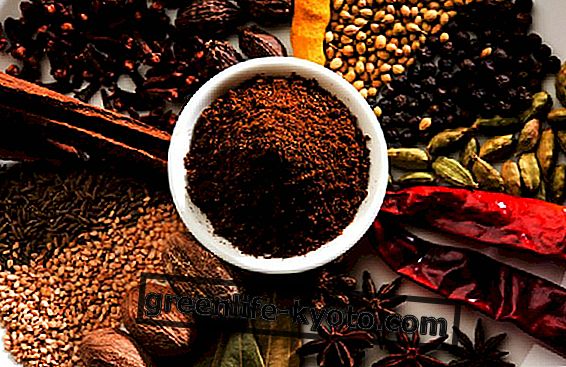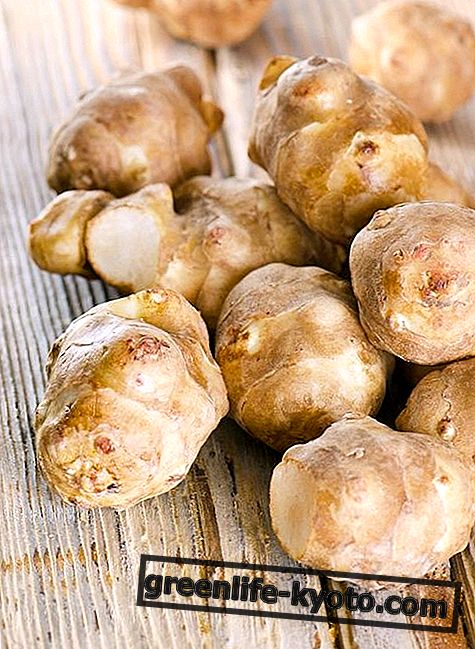
The drangon fruit is also known by the name of Pitaya and scientifically instead it is named Hylocereus undatus of the Cactaceae family. This plant is native to Central America and in particular in Mexico and Guatemala but is also found in Southeast Asia in China, Australia and Israel.
Given the family of origin, this plant is a cactus with a hanging habit. The peculiarity of the dragon fruit plant is the flowering that occurs at night, as happens with many plants that grow in the most arid areas. In fact, the opening of the flowers for pollination takes place at night since the temperature is milder and there are also its natural pollinators which are bats and moths, night butterflies.
The dragon fruit plant when it is adult also produces up to 5 fruiting cycles in a year . In dry tropical climates it has mainly two flowering periods one in spring and one in autumn.
Variety of dragon fruit
There are different varieties of dragon fruit, for example the best known which is then the most imported in Italy is the red pitahaya . The red dragon fruit has a rounder shape and has some species of elongated fleshy green leaves that turn yellow when the fruit is ripe.
The color of the peel is instead of a very bright fuchsia red . Other varieties instead are yellow and have a more elongated shape like the yellow pitahaya ( Hylocereus megalanthus ) which has small spines on its skin. Another important variety is the Costa Rican pitahaya scientifically called Hylocereus costaricensis with red flesh.
The dragon fruit has a soft, juicy and creamy internal pulp with an excellent flavor. The color of the flesh varies from white to red and the taste is sweet with aromatic nuances. In the pulp we find many small black seeds that are eaten together with the pulp itself.
The fruit has an ovoid shape from 6 to 10 cm with a weight varying from 150 to over 500 g.
Collection and use of dragon fruit
The dragon fruit is picked and eaten fresh by simply cutting the fruit in half and using a spoon to extract the pulp. Furthermore, the dragon fruit is used to prepare desserts, ice creams, and beverages such as the most famous agua de pitaya. Its nutritional composition is excellent and is an excellent source of vitamin C.













